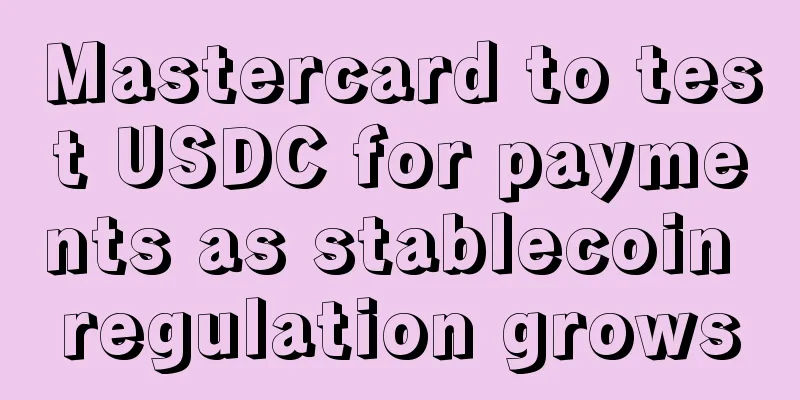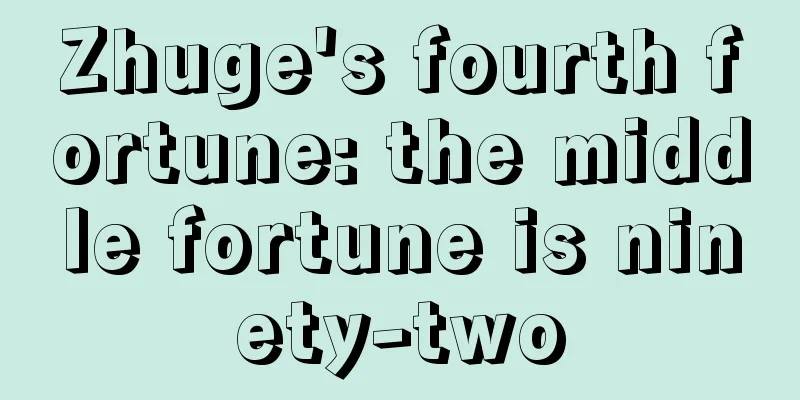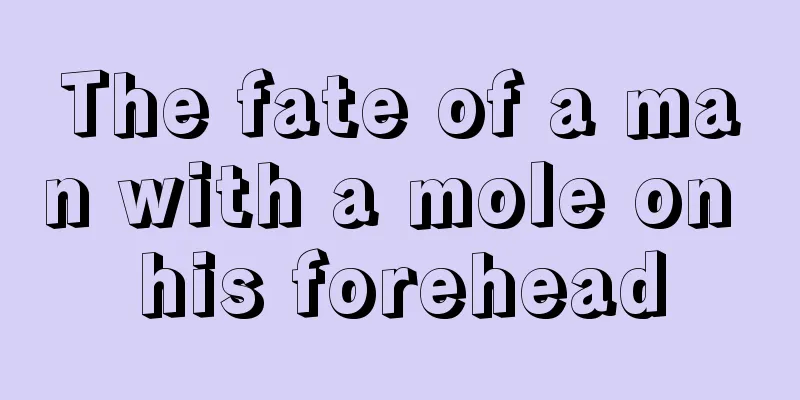Mastercard to test USDC for payments as stablecoin regulation grows

|
In the pilot announced on Tuesday, Circle’s USDC (0%) will serve as a bridge between cryptocurrencies in consumers’ digital wallets and fiat currencies used to pay merchants. USDC is a crypto stablecoin that almost always trades at $1 because the issuer promises that USDC can be redeemed 1:1 with U.S. dollars at any time. While it sounds like an extra step, exchanging cryptocurrencies for stablecoins and then the stablecoins for dollars may be faster or simpler than going directly from crypto to fiat. For example, some cryptocurrencies are not easily exchanged for dollars on exchanges, but can be exchanged for USDC. The company said the addition of this relay currency will help cryptocurrency companies that want to offer Mastercard-branded products to their customers. “Today, not all crypto companies have the infrastructure to convert crypto into traditional fiat currencies, and we’re making it easier to do so,” Raj Dhamodharan, executive vice president of digital assets and blockchain products at Mastercard, said in a press release. Coming five months after Mastercard said it planned to bring some stablecoins to its network, the announcement is seen as a step toward that ultimate goal. The plan comes as stablecoins face increasing scrutiny among regulators and lawmakers. On Monday, the U.S. President’s Working Group on Financial Markets pledged to publish recommendations on stablecoin regulation in the coming months following high-level discussions among federal financial regulators on use cases and potential risks. The comments come after Fed officials expressed varying degrees of concern in speeches over the past few months, with Boston Fed President Eric Rosengren singling out market leader Tether’s USDT (-0.01%) stablecoin as a potential “challenge” to financial stability. When asked how Mastercard verifies that stablecoins settled through the program are backed by adequate reserves, Mastercard spokesperson Katie Priebe referred CoinDesk to the basic principles the company outlined in February. Payment companies are continuing to trial stablecoins like USDC for transactions. Visa announced it conducted a small USDC transaction earlier this year. Work in progress In addition to Circle, Evolve Bank & Trust and Paxos Trust Co. are also participating in the pilot, though their roles are unclear. Mastercard said it is in "discussions" with Evolve and Metropolitan Commercial Bank about issuing cryptocurrency cards. While Paxos has its own collateralized stablecoin, PAX, Priebe said that USDC is the only stablecoin participating at this time.
Mastercard said it is also in talks with long-running cryptocurrency startups Uphold and BitPay to provide digital wallet technology, and with three companies from the traditional card business to handle back-end functions. The pilot should go live soon, Priebe said, but a specific date has not yet been set. The growing scrutiny of stablecoins partly reflects their meteoric growth. Circle’s USDC has jumped sixfold since the start of the year, from about $4 billion on Jan. 1 to more than $25 billion at press time, according to CoinGecko. PAX, while down from its peak market cap of $1.4 billion in May, has also grown over the same period. Tether is a notable exception; it has not issued any new coins since May. This article only represents the author’s personal views, does not represent the position of Blockchain Pencil, does not constitute investment advice, and the content is for reference only. |
Recommend
Facial features that are valued by superiors
Facial features that are valued by superiors A pe...
Good morning, Central Bank
I was drinking in a foreigner's company and h...
Is your marriage happy?
Is your marriage happy? 1. Money lines There are ...
What is the fate of having black ears?
Does everyone know how to judge a person by his e...
The mouth of a philandering bad woman
A person's character can be seen from his fac...
A nose that indicates good fortune
A nose that indicates good fortune 1. A small nos...
UK Chancellor of the Exchequer: Digital currencies will play an important role in financial markets
Bitcoin House News , November 12 , CoinDesk repor...
What kind of foot shape indicates a rich and noble fate?
What are the statements about fate that people of...
Face analysis: Are you born to be a princess?
Face analysis: Are you born to be a princess? Som...
How is the fortune if there is a mole in the middle of the double chin? Is it good fortune?
People with a mole in the middle of a double chin...
What will happen if a man's left hand is broken?
What will happen if a man's left hand is brok...
There is a brown mole on the back of my neck, how can I resolve it?
Some moles are like willful children playing at w...
Is it really good for a boy to look feminine? Is he more cowardly in character?
He is obviously a boy, but his face is three time...
Palmistry with two wisdom lines
The wisdom line, also known as the human line, or...
ut coin, total amount is 1 billion, Ulord digital currency, supports dual-channel server ordinary computer CPU mining!
Ulord is a basic public chain for content distrib...









